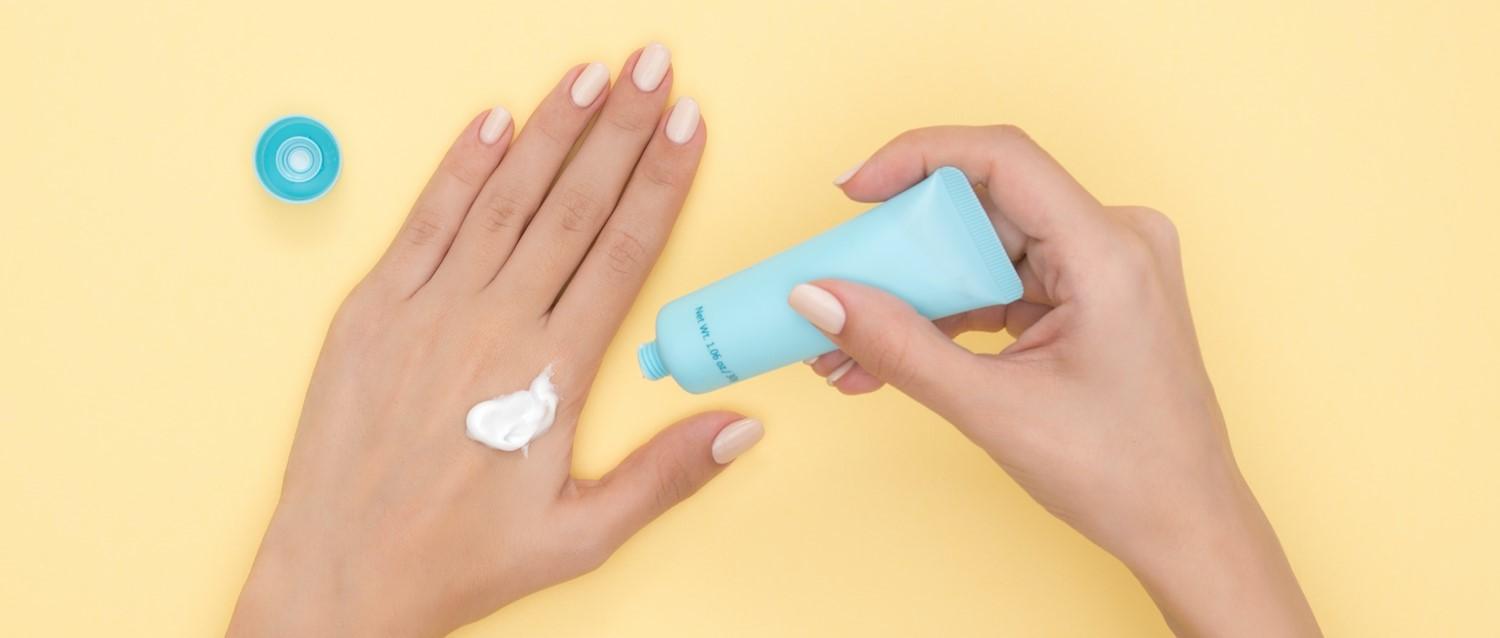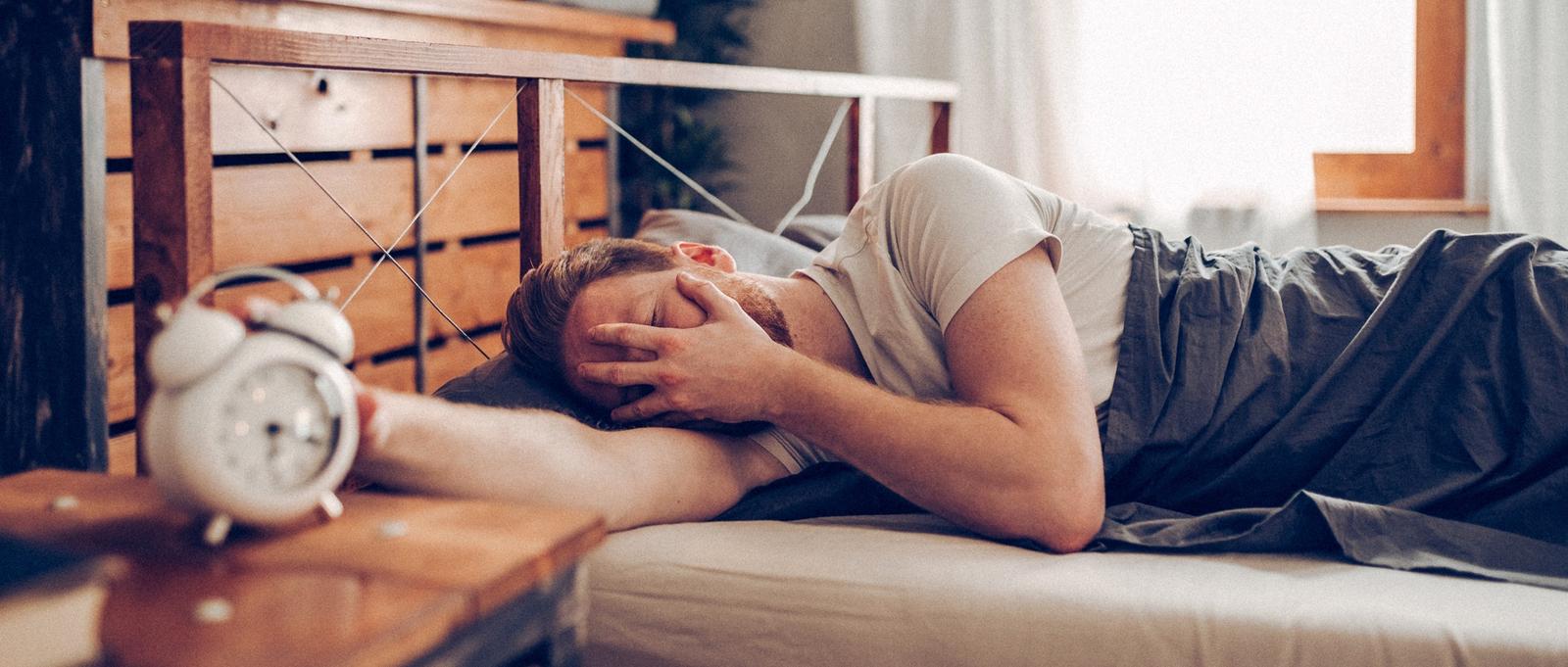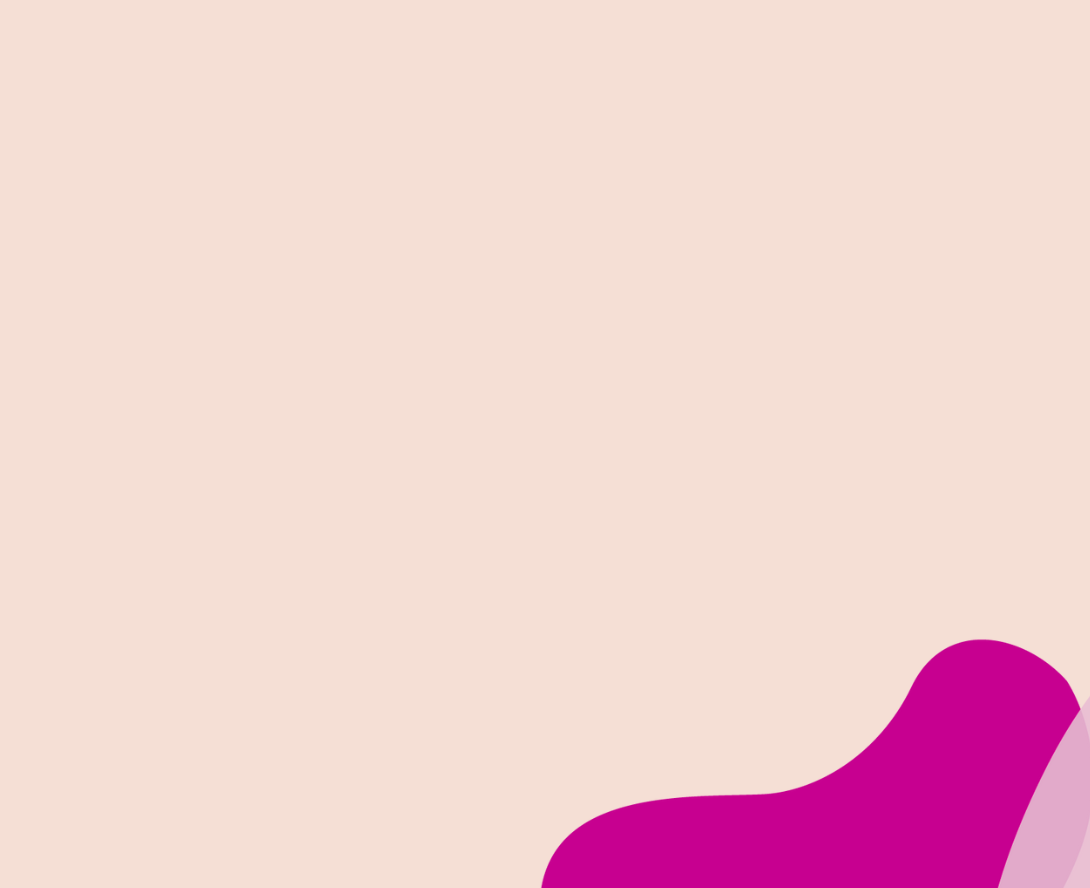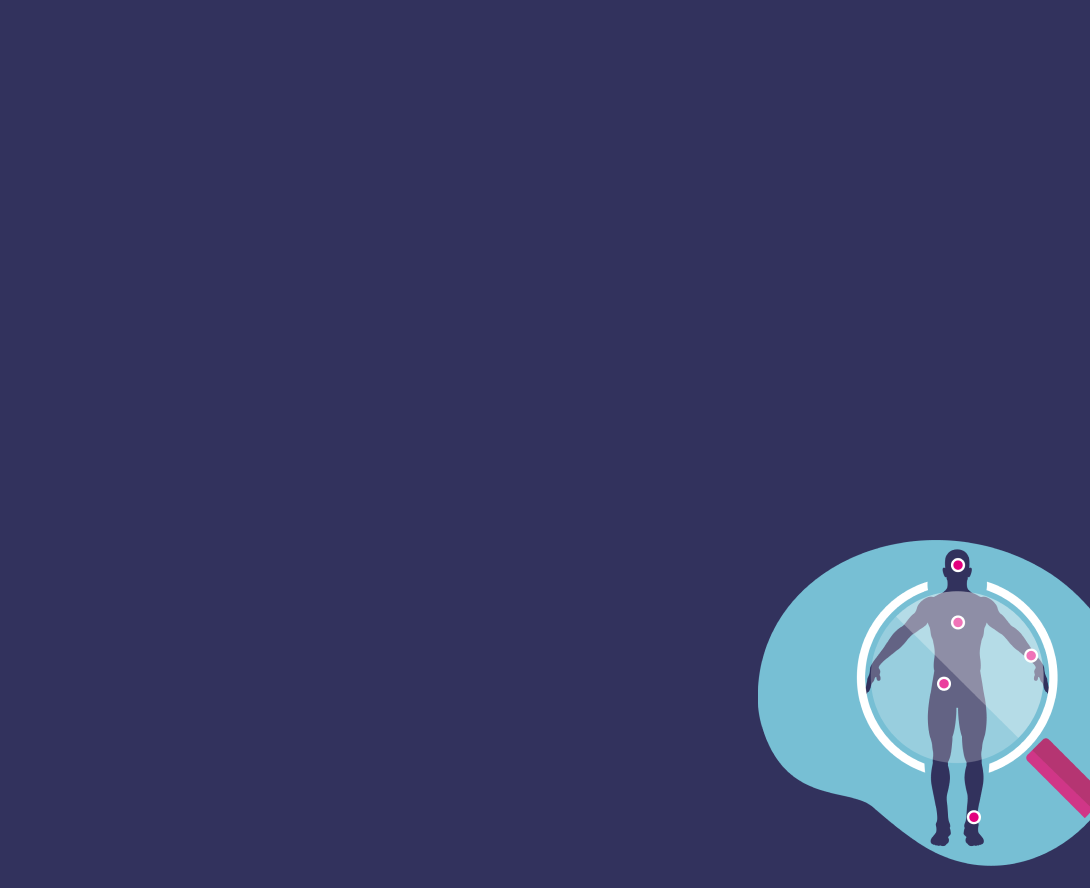
How to prevent and soothe skin cysts: a simple guide
Peer reviewed by Dr Krishna Vakharia, MRCGPAuthored by Victoria RawOriginally published 19 Feb 2025
Meets Patient’s editorial guidelines
- DownloadDownload
- Share
- Language
- Discussion
If you find a little round lump on your skin, you may have developed a cyst. These growths are generally harmless and can vary in size. We examine the various types of skin cysts and when to check in with your doctor.
In this article:
Continue reading below
What is a cyst?
Cysts on your skin are quite common and can appear almost anywhere on your body. While they typically form just beneath the surface of your skin, they sometimes develop deeper.
Dr Pamela Tambini, Medical Director, Engage Wellness, Massachusetts, USA, explains that cysts are small sacs or pockets filled with fluid, semi-solid material, or even air. They form for different reasons - often depending on the type.
"Cysts in your skin can be caused by blocked ducts or glands, infections, hormonal imbalances, and injuries," says the double board-certified physician in internal medicine. "Long-term inflammation or skin conditions like acne can also lead to cyst formation."
Dr Viktoryia Kazlouskaya, Founder of Circle Clinic, New York City, USA adds that cysts can form when a hair follicle gets clogged, irritated, or inflamed.
"Common causes include - blocked hair follicles, ingrown hairs, and skin inflammation," she says.
How to ease discomfort from a cyst at home
Cysts can vary in how they look and feel. While many cysts are symptomless, some can become painful or bothersome - particularly if they grow larger, or are located in sensitive areas.
Tambini says: "You might notice a lump or bump that’s either firm or soft. If they become inflamed or infected, there may be redness, swelling, or tenderness."
Kazlouskaya warns you should never squeeze or pop a cyst. This can make the situation worse.
"Large or deep cysts can rupture, causing severe inflammation or even infection," she says. "In rare cases, this could lead to serious complications such as sepsis."
Tambini advises you stop home treatments and see a doctor if you notice the following symptoms:
Redness.
Pus.
Increasing pain.
However, there are simple steps you can take to reduce both the size and inflammation of minor, non-infected cysts.
Warm and cold compresses
Applying a warm compress to the area several times a day can help reduce swelling and discomfort, and help your cyst to heal quicker.
Kazlouskaya says: "Applying a warm compress for 10 minutes a few times a day can reduce inflammation and encourage drainage. Similarly, cold compresses may also help relieve pain or swelling."
Use Epson salts
Epsom salt soaks and compresses may help relieve some symptoms associated with certain types of skin cysts.
Tambini says: An Epsom salt bath could help ease irritation and reduce swelling for cysts in sensitive areas.
Continue reading below
How to help prevent a cyst
Use correct shaving techniques
Cysts are sometimes formed by ingrown hairs, which develop when a hair grows back into the skin.
Kazlouskaya advises practicing shaving techniques in areas you shave regularly to reduce your chance of ingrown hairs.
Shaving tips to avoid ingrown hairs:
Exfoliate - use an exfoliating scrub to prevent trapped hairs.
Limit strokes - use minimal razor strokes when shaving.
Prepare - make sure your skin is moist and use shaving gel.
Rinse frequently - clean your razor after every stroke.
Go with the grain - shave in the same direction your hair grows.
Soothe skin - use a cool, wet cloth to calm irritated skin after shaving.
You should also make sure your razor is sharp, and avoid shaving too closely - or daily.
Avoid friction
Everyday skin injuries - even minor cuts and scrapes - or repetitive movements can cause skin cells to become trapped beneath the surface, causing a cyst.
For this reason, Tambini says: "Avoiding repetitive friction or trauma to your skin can reduce the chance of skin cysts forming."
Keep things clean
Keeping your skin clean and moisturised helps prevent blockages in your pores, which can lead to the formation of cysts.
Kazlouskaya recommends using antibacterial washes such as products containing benzoyl peroxide.
"This can help reduce bacteria and inflammation," she says.
Treat underlying conditions
According to Kazlouskaya, underlying health conditions can also play a role in the development of skin cysts.
"Long-term conditions like acne or hidradenitis suppurativa - an inflammatory skin condition - can make cysts more likely," she says. "It’s important to see a registered dermatologist for treatment."
Adopt healthier habits
While they may not cure or prevent skin cysts, certain lifestyle changes can help improve your overall skin health.
Tambini says that a balanced diet and managing stress levels might help reduce your chance of developing certain types of cysts.
How else can a cyst be treated?
If your cyst is tender, swollen, grows rapidly, or appears to be filled with pus, it's important to have it looked at by a doctor, as you may need medical treatment.
"Signs of infection - such as pus or high temperature - warrant medical attention," says Tambini. "Also, if your cyst is in a sensitive area or interfering with daily activities, it’s better to let a professional evaluate and treat it."
Doctors have several options depending on your cyst’s size and severity.
According to Kazlouskaya, these treatments may include:
Antibiotics - for early, inflamed cysts, topical or oral antibiotics can help.
Steroid injections - for smaller cysts, a health professional may inject a small amount of steroid to calm the inflammation.
Drainage - if your cyst becomes an abscess (a collection of pus), they may drain it for immediate relief.
Tambini says that surgical removal might be recommended if your cyst keeps coming back or is particularly large. A small cyst drained by a doctor should heal within a week or two. Larger cysts or ones requiring surgical removal could take longer to fully clear up.
Cysts are common and often harmless, but knowing when to treat them and when to see a doctor is key. With proper care and attention, most cysts can be managed and, in many cases, prevented.
Patient picks for Other skin conditions

Skin, nail and hair health
Dry skin in winter: what cold weather can do to your skin
Cold weather can be tough on our skin, and dry skin in winter can cause or inflame a number of skin conditions. Lesser known effects of winter weather include allergic reactions and the spread of infections that also trigger skin problems.
by Amberley Davis

Skin, nail and hair health
Itchy skin at night this summer? Here's why
If you are waking up throughout the night to itch, you might just need to make a simple change to your environment - like your summer skincare routine, your duvet, or central heating. Sometimes though, itchy skin at night is a sign of an underlying problem.
by Amberley Davis
Continue reading below
Article history
The information on this page is peer reviewed by qualified clinicians.
Next review due: 21 Feb 2028
19 Feb 2025 | Originally published
Authored by:
Victoria RawPeer reviewed by
Dr Krishna Vakharia, MRCGP

Ask, share, connect.
Browse discussions, ask questions, and share experiences across hundreds of health topics.

Feeling unwell?
Assess your symptoms online for free
Sign up to the Patient newsletter
Your weekly dose of clear, trustworthy health advice - written to help you feel informed, confident and in control.
By subscribing you accept our Privacy Policy. You can unsubscribe at any time. We never sell your data.